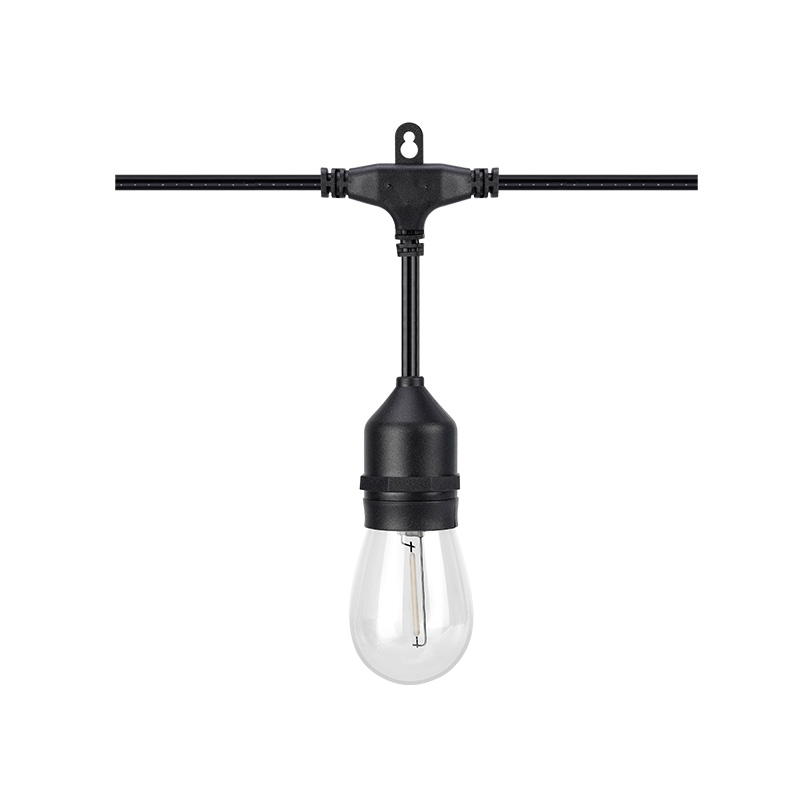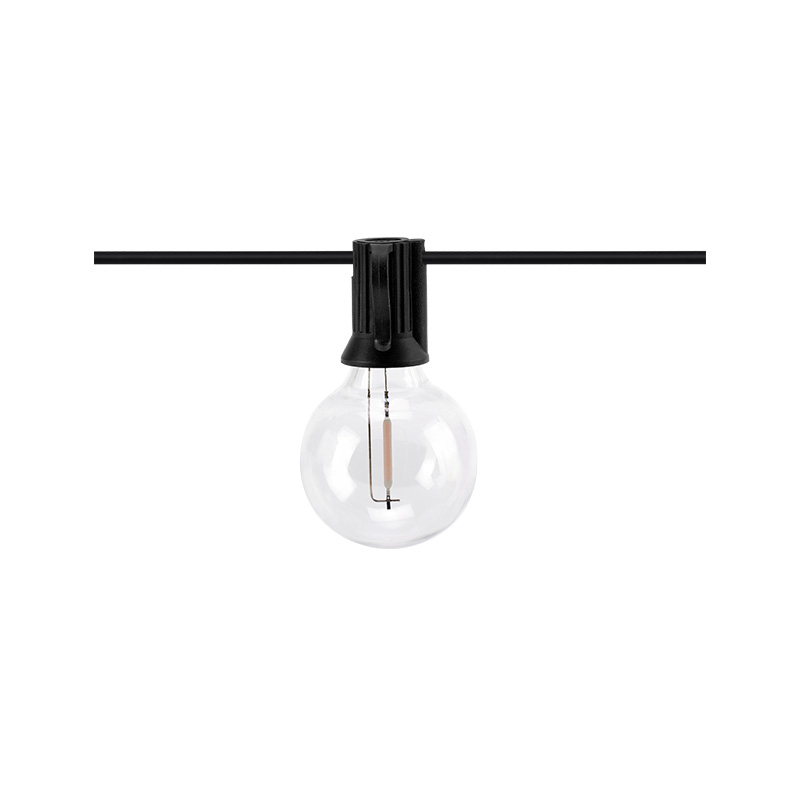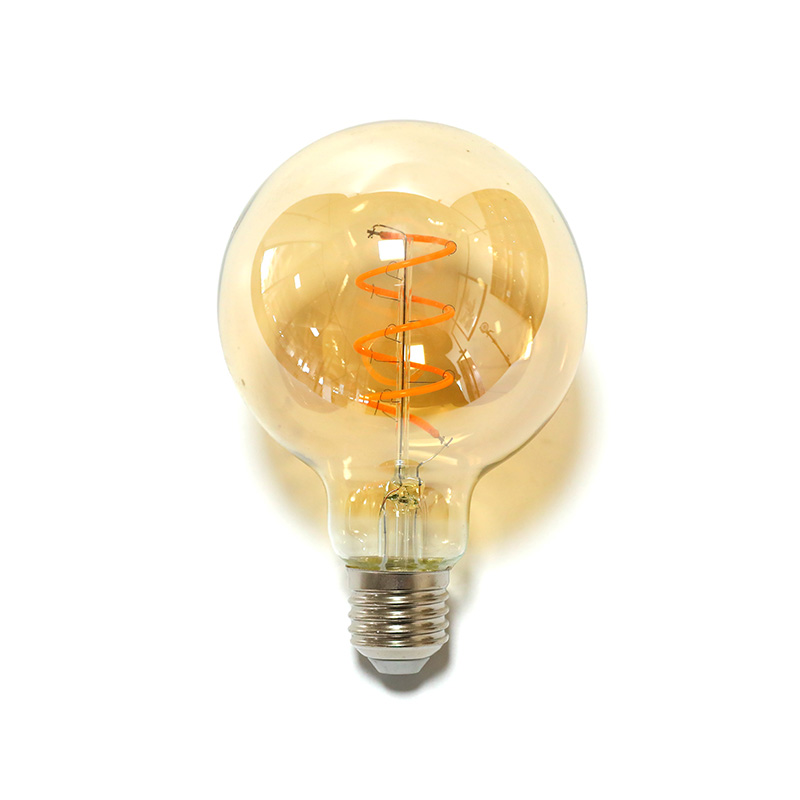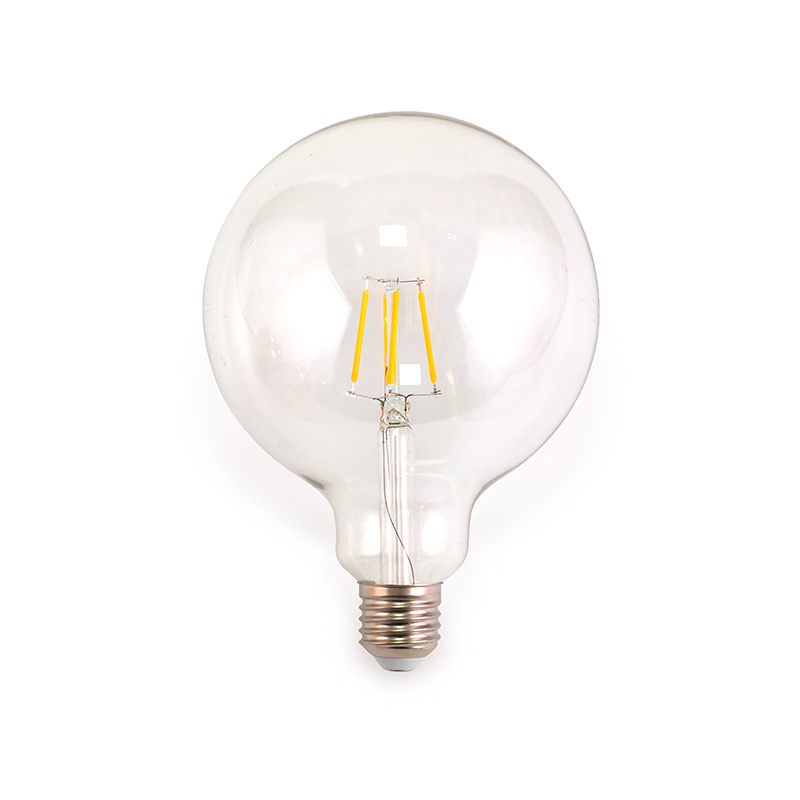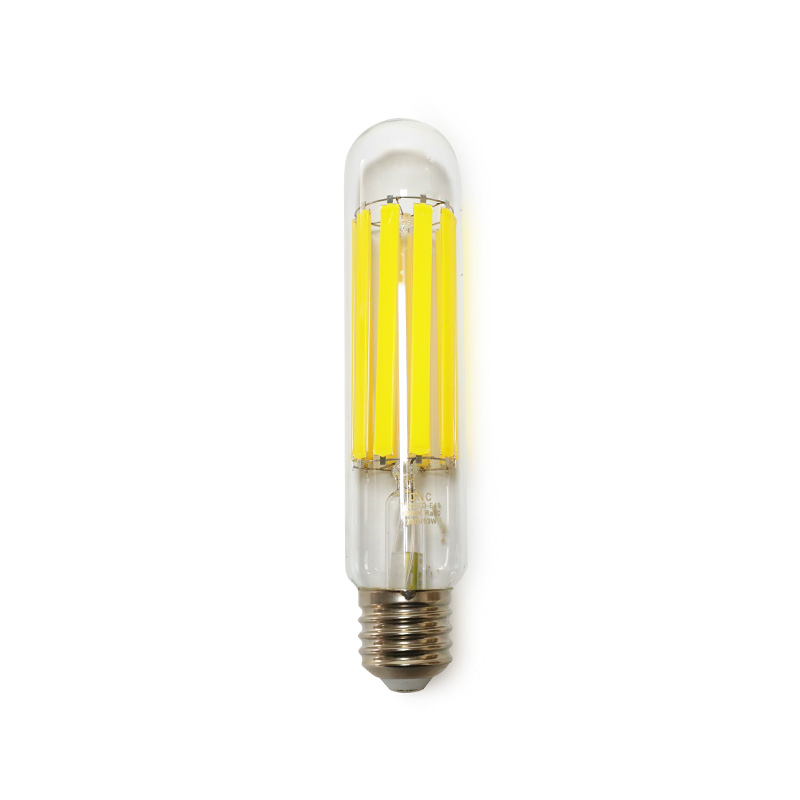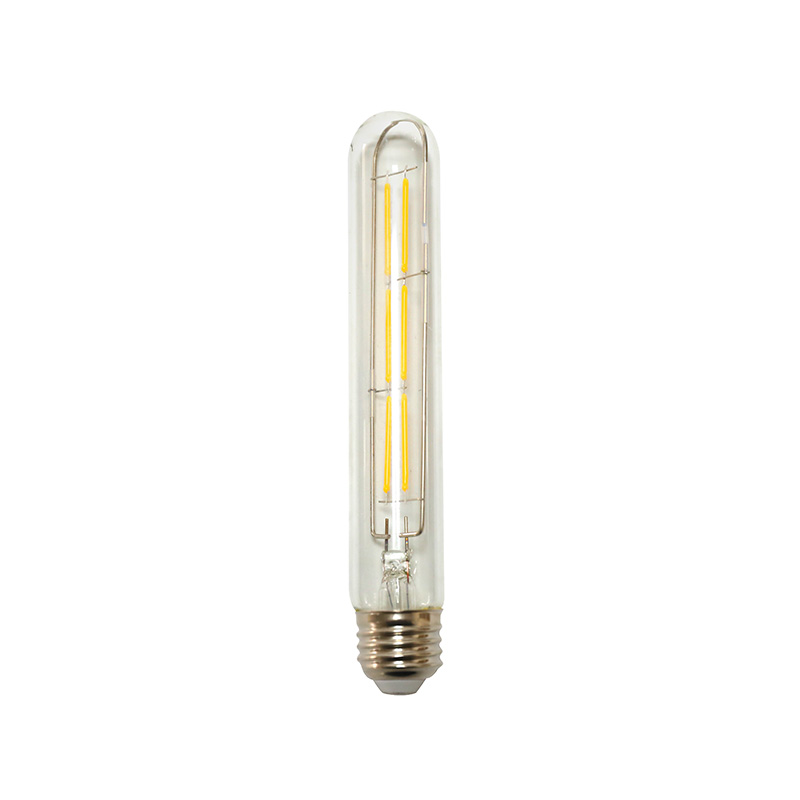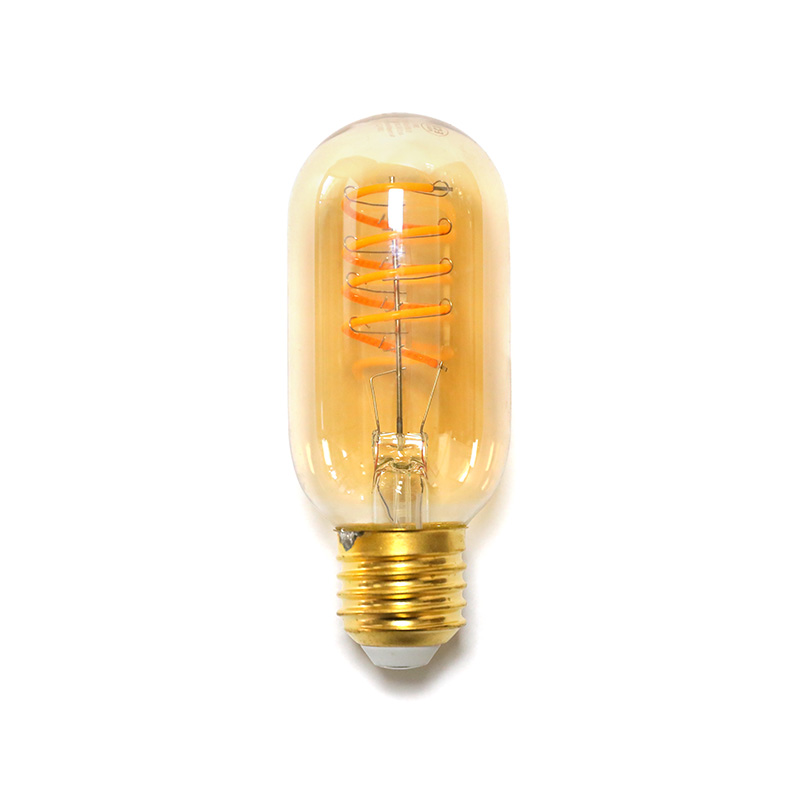Lighting is one of the most powerful yet often underestimated elements in interior design. It shapes how we perceive a room, influences our mood, and transforms ordinary spaces into warm, inviting environments. Among modern lighting solutions, LED filament bulbs have emerged as a fascinating choice, combining the vintage charm of Edison-style bulbs with the efficiency of LED technology. Beyond mere illumination, these bulbs have a profound impact on interior design and ambience.
The Role of Lighting in Interior Design
Before diving into LED filament bulbs specifically, it is essential to understand the broader role of lighting in design. A well-designed room relies not only on furniture, color, and décor but also on the quality and character of light. Light alters perception of space, defines focal points, and creates layers of depth.
Designers often categorize lighting into three types:
- Ambient lighting – the general illumination that fills a room.
- Task lighting – focused light for activities such as reading, cooking, or working.
- Accent lighting – decorative light used to highlight artwork, architectural details, or specific zones.
LED filament bulbs can play a role in each of these categories, but their strongest influence lies in ambient and accent lighting, where atmosphere matters most.
What Are LED Filament Bulbs?
LED filament bulbs are designed to mimic the appearance of classic incandescent bulbs. Instead of a tungsten filament, they use linear LED filaments encased in clear or tinted glass. These filaments produce a soft, warm glow that closely resembles vintage lighting while maintaining the energy efficiency of LEDs.
Their design often makes them decorative objects in themselves, meaning they do not require elaborate fixtures to be visually appealing. This characteristic has made them popular in settings ranging from modern lofts to rustic cafés.
Creating Atmosphere with LED Filament Bulbs
One of the most compelling reasons to use LED filament bulbs in interior spaces is their ability to establish a particular ambience. Their influence is evident in several ways:
1. Warmth and Comfort
LED filament bulbs typically emit light in the warm white spectrum (around 2200K–2700K). This color temperature closely resembles candlelight or firelight, which humans naturally associate with relaxation and comfort. In living rooms, bedrooms, and dining areas, this warm glow enhances coziness and intimacy.
2. Vintage Appeal
For spaces aiming for a nostalgic or retro aesthetic, LED filament bulbs capture the essence of the industrial era or early 20th-century interiors. Their exposed filament structure evokes the classic Edison bulb, adding authenticity to vintage-inspired spaces without the inefficiency of incandescent lighting.
3. Layering of Light
Filament bulbs often work best as part of a layered lighting strategy. For example, pendant clusters above a dining table create ambient warmth, while recessed LEDs provide functional brightness. This combination ensures both practicality and visual comfort.
4. Relaxation and Mood Control
Compared to stark white fluorescent or overly bright LEDs, filament bulbs encourage a slower pace of living. They are particularly effective in areas where people unwind after work, such as lounge corners or bedrooms. By reducing harsh shadows and offering a gentle luminance, they contribute to stress reduction.
Influence on Interior Design Styles
LED filament bulbs are versatile, adapting to a wide range of design aesthetics. Their impact is felt in different interior styles as follows:
Industrial Interiors
Exposed brick, raw concrete, and metal fixtures pair naturally with filament bulbs. Their unrefined yet elegant look complements the rugged textures of industrial spaces. Hanging multiple bulbs at different heights enhances the warehouse-inspired aesthetic.
Minimalist Spaces
In minimalist interiors, where every element must be intentional, LED filament bulbs act as both function and ornament. A single clear glass bulb on a simple cord can serve as a statement piece without cluttering the room.
Rustic and Farmhouse Styles
For rustic or farmhouse interiors, filament bulbs emphasize warmth and authenticity. Their amber tones harmonize with wood, textiles, and earthy materials, creating a homely and inviting environment.
Contemporary and Modern Spaces
While filament bulbs are rooted in vintage design, they also find a place in modern interiors. Clear, globe-shaped versions lend a sleek edge to contemporary dining rooms, while smoked or frosted finishes add sophistication.
Hospitality and Commercial Spaces
In restaurants, cafés, and boutique hotels, filament bulbs are frequently chosen to craft memorable experiences. The emotive lighting helps establish brand identity and encourages guests to linger.
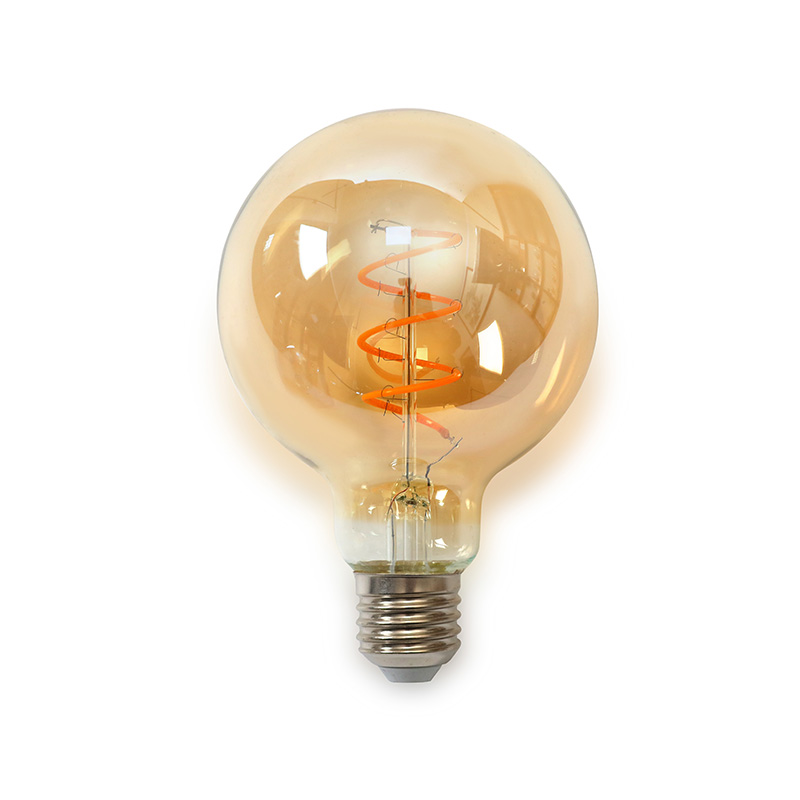
Practical Considerations in Ambience Design
While LED filament bulbs are visually appealing, their influence on ambience also depends on practical factors:
Brightness Levels
Filament bulbs vary in lumens output. For ambience, lower lumen levels are often desirable to avoid overpowering the room. In contrast, task-oriented areas may require supplementary brighter lighting.
Dimmability
Many LED filament bulbs are compatible with dimmers, allowing precise control over mood. Dimming enhances flexibility, letting one bulb serve multiple functions—from bright dinner settings to subdued evening relaxation.
Glass Finish
The choice of glass finish—clear, amber-tinted, smoked, or frosted—affects ambience. Clear glass emphasizes brightness and sharpness, while tinted versions create softer, more atmospheric lighting.
Fixture Selection
The fixture plays an important role in how the bulb contributes to ambience. Open fixtures showcase the bulb’s decorative qualities, while enclosed ones diffuse light more broadly. Designers often opt for exposed fixtures when the bulb itself is a focal element.
Psychological Impact of Light Quality
The human brain responds strongly to light. Warm light signals relaxation, while cooler light enhances alertness. By using LED filament bulbs strategically, designers can subtly guide occupant behavior:
- Dining Rooms: Encourage slower, more enjoyable meals with soft, golden light.
- Bedrooms: Prepare the mind for rest by reducing harsh illumination.
- Living Rooms: Foster conversation and comfort with layered filament lighting.
This psychological influence is why filament bulbs are often preferred in social and intimate spaces rather than offices or task-heavy environments.
Energy Efficiency and Longevity
Ambience should not come at the expense of practicality. Unlike traditional incandescent filament bulbs, LED filament bulbs consume significantly less power while lasting tens of thousands of hours. This combination means that designers and homeowners can achieve warm, atmospheric lighting without high electricity costs or frequent replacements.
This dual advantage allows for creative freedom—such as installing multiple decorative bulbs in clusters—without guilt over energy waste.
Balancing Style and Function
While filament bulbs are excellent for ambience, they are not always the most functional source of light. Their strength lies in visual impact, not necessarily brightness. Successful interior design often uses filament bulbs in conjunction with hidden or recessed LEDs, ensuring that a space is both visually appealing and practical for daily life.
The balance between atmosphere and usability ensures that lighting contributes to both aesthetic identity and everyday comfort.
The Future of Filament Lighting in Design
The popularity of LED filament bulbs shows no sign of waning. As technology advances, new designs offer improved dimming capabilities, higher energy efficiency, and expanded color temperature ranges. Designers increasingly experiment with unusual bulb shapes—globes, tubes, spirals—that expand creative options.
In essence, LED filament bulbs represent a fusion of past and future: the nostalgic beauty of Edison-style lamps with the modern benefits of LED innovation.
Conclusion
LED filament bulbs are more than decorative novelties. They are powerful tools in interior design, capable of shaping ambience, style, and emotional response. By blending vintage charm with modern efficiency, they enrich homes, restaurants, and workplaces alike.
Their warm glow can make a cavernous space feel intimate, a minimalist room feel intentional, and a rustic interior feel authentic. When thoughtfully integrated into a lighting plan, LED filament bulbs elevate interiors from merely functional to atmospherically rich.
In the end, the question is not whether filament bulbs can affect design and ambience—they undeniably do—but how designers and homeowners can best harness their qualities to craft spaces that are both beautiful and deeply comfortable.

 English
English русский
русский